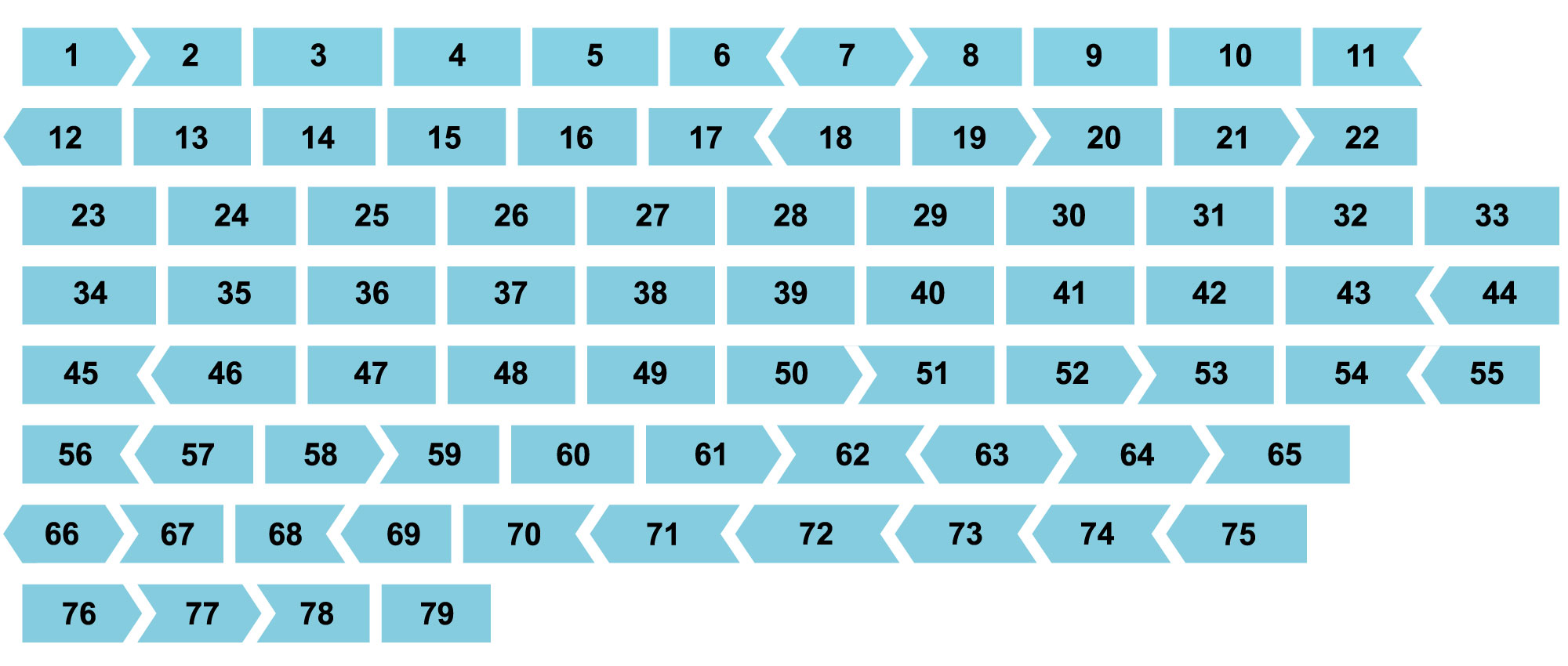Which exon skipping therapy is right for my son?
New therapies are being developed, some of which will help any person with Duchenne, while others depend on the person’s genetic change, or mutation. Knowing the mutation is important, as it can affect decision-making about the possible use of new therapies and entering into clinical trials.
Duchenne is caused by changes (mutations) within the dystrophin gene. A gene is made up of coding regions call “exons,” and the areas in between exons called “introns.” Dystrophin has 79 exons, which makes it the largest gene in the body.
Genetic testing can identify your/your child’s specific mutation. If you/your child need genetic testing, please talk with your doctor, genetic counselor.
The dystrophin gene, which helps maintain muscle structure in our bodies, can be likened to a train carriage made up of 79 pieces. If one or more of these train carriages are missing, you can predict that the locomotive will carry less weight. This is exactly how dystrophin, the longest gene in our bodies, works. Depending on where the carriages are missing, dystrophin production decreases or stops altogether.
If there is a missing piece within the dystrophin gene (deletion) or an extra piece (duplication), your body can have difficulty making dystrophin. The most common genetic mutation causing Duchenne is a deletion, where part of the gene is missing.
One approach that strives to address this lack of dystrophin is exon skipping, which tells the body to hide an exon next to the missing piece, so the whole section can be skipped over and the remaining exons can fit together. The intent is to allow the body to make a shorter form of the dystrophin protein. The tool below will help you to know whether your/your child’s genetic mutation might benefit from an exon skipping therapy.


Duchenne Exon Skipping Treatment Search Tool
If you know your/your child’s genetic change (mutation) is an exon deletion, this educational tool can help you understand if you/your child may be a candidate for an exon skipping therapy. If you are unsure of your/your child’s mutation, or if you are confused by your/your child’s genetic test results you’ve received, please contact with pediatric neurology, genetics or muscle disease centers.
Instructions: Based on the genetic test report, you can see which exons of your child are deleted. Enter the first and last exons in the genetic test result into the blanks below. If a single deletion, enter the same number in both fields. Example: 11-11, 23-25, 45-51.
[exon_calculate_form]
This educational tool is designed to provide information about exon deletions only, which is not meant to be used as the basis for diagnosis or deciding upon any course of treatment for Duchenne. This tool does not include point mutations or other small mutations, duplications, or multiple deletion ranges (e.g., 14-19 and 37-50). Be sure to speak with your child’s doctor or genetic counselor about your child’s genetic testing results.

